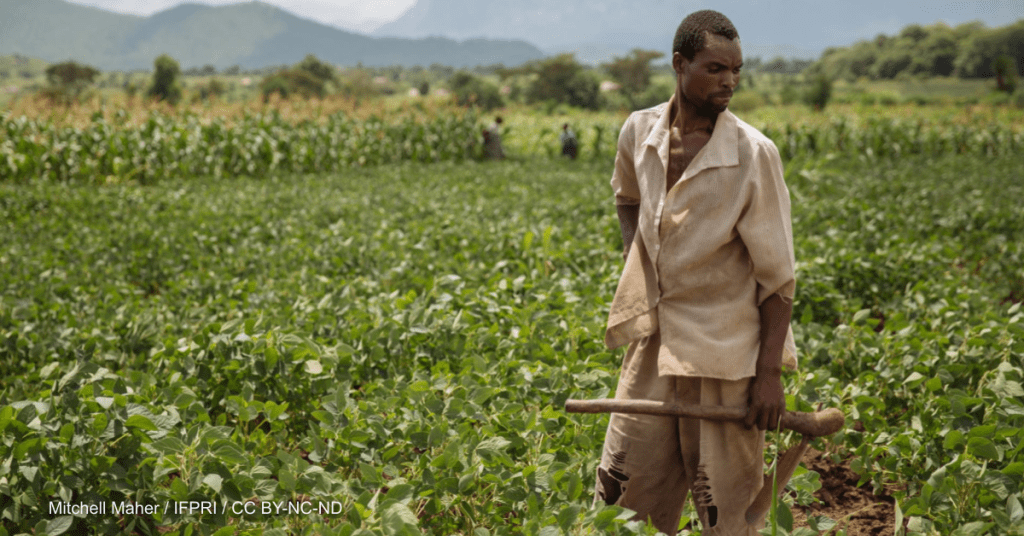Small-scale farmers often face a range of challenges that can hinder their productivity and livelihoods. According to a report published by ResearchGate, here are some common challenges and potential solutions:
1. Limited access to resources: Small-scale farmers often lack access to essential resources like land, capital, seeds, and technology.
Solutions
A. Government should support through land reform and land tenure policies.
B. Microfinance initiatives to provide affordable credit.
C. Seed banks and cooperative initiatives for resource-sharing.
2. Low productivity: Small farms tend to have lower yields per acre due to limited access to modern farming techniques and inputs.
Solutions
A. Farmer training and extension services to promote best practices.
B. Access to improved seeds, fertilizers and irrigation.
C. Adoption of sustainable farming practices like crop rotation and organic farming.
3. Market access: Small-scale farmers often struggle to access markets and obtain fair prices for their produce.
Solutions
A. Development of local markets and value chains.
B. Cooperative farming and collective marketing to gain negotiating power.
C. Use of mobile technology for market information and access.
4. Climate change and weather risks: Small farmers are vulnerable to the impacts of climate change, including extreme weather events and shifting growing seasons.
Solutions
A. Adoption of climate-smart agricultural practices.
B. Weather-resistant crop varieties and drought-tolerant crops.
C. Insurance programmes to protect against weather-related losses.
5. Lack of education and training: Many small-scale farmers have limited formal education and may lack knowledge of modern farming techniques.
Solutions
A. Training programmes and agricultural extension services.
B. Farmer-to-farmer knowledge sharing.
C. Support for adult education and literacy programmes.
6. Access to credit: Small farmers often have limited access to affordable credit for purchasing inputs and equipment.
Solutions
A. Microcredit programmes and community-based lending initiatives.
B. Collaboration with financial institutions to provide tailored agricultural loans.
7. Pest and disease management: Small farmers may struggle to manage pests and diseases that can devastate crops.
Solutions
A. Integrated pest management (IPM) strategies.
B. Disease-resistant crop varieties through training on pest and disease identification and management.
8. Infrastructure and post-harvest losses: Inadequate infrastructure for transportation, storage, and processing can lead to post-harvest losses.
Solutions
A. Investment in rural infrastructure development.
B. Improved storage facilities and cold chains.
C. Training on proper post-harvest handling techniques.
9. Policy and regulatory challenges: Small-scale farmers may face regulatory hurdles and lack a voice in policy decisions.
Solutions
A. Advocacy and representation through farmer cooperatives and associations.
B. Engagement with policymakers to address issues affecting small farmers.
10. Access to technology: Small farmers may lack access to modern agricultural technology and information.
Solutions
1. Government support for technology adoption.
2. Digital agriculture tools and mobile apps for knowledge and information sharing.
3. Collaboration with research institutions to develop farmer-friendly technologies.
Addressing these challenges requires a multi-faceted approach involving government support, non-governmental organisations, agricultural institutions, and community initiatives. By providing small-scale farmers with the resources, knowledge, and tools they need, it is possible to enhance their livelihoods and contribute to the realisation of food security in many regions.



